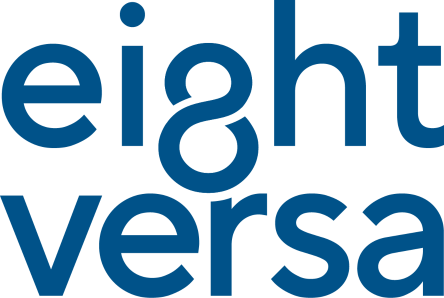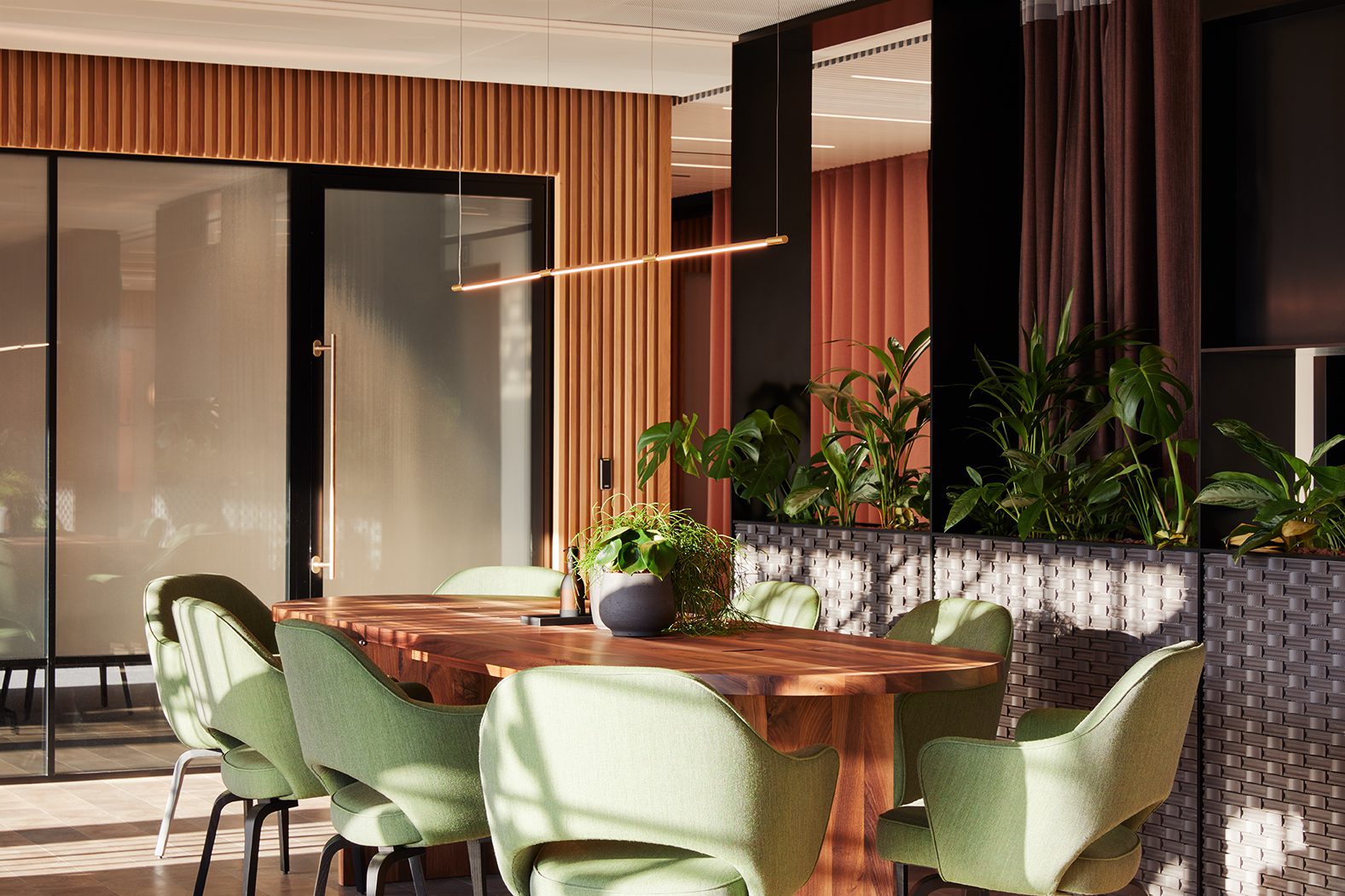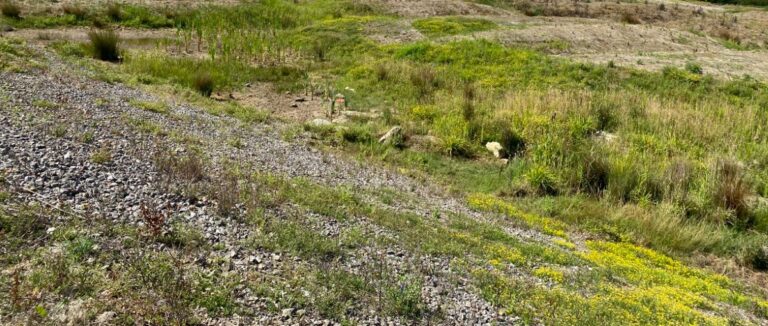Backed by Research
The case for healthy buildings is growing. It’s no surprise that making buildings healthier for those who occupy them has had a surge. Several studies have been pointing in this direction for a while now and most recently the research is hard to argue with. In 2023, Honeywell’s research showed how 74% of people are concerned over the indoor air quality in the workplace. This concern translates into clear business opportunities and risks and is backed up by further research by the International WELL Building Institute (IWBI):
- 83% of people feel more productive in WELL certified spaces
- 50% drop in employee absenteeism in one year
- 28% improvement in overall satisfaction with the workplace
- 100+ Fortune 500 companies have achieved WELL certification
Proven Results
WELL certification has been accessible for more than a decade, offering concrete assurance that occupants will enjoy optimal environments to work, live and play. Proven to boost productivity, attract and retain top talent, and enhance overall performance, it’s no surprise that an increasing number of organisations are pursuing WELL certification. These benefits can also be disclosed in sustainability and ESG reporting, showcasing positive human and social metrics attained. This not only elevates a company’s reputation but also adds value to real estate portfolios, enabling them to surpass leasing rates in a competitive market.
Best Practice
With such an established business case, let’ s take a look at some of the best examples in
the market and discuss how they achieved their healthy ambitions:
Myo
Myo is a flexible office space within Landsec’s Dashwood building. They required WELL PV testing for a renovated space that included four office floors, a ground-floor lobby, and basement facilities including showers and changing rooms. By streamlining the testing process and acting quickly on some clear areas of improvement they were able to reach their goals. They achieved a WELL Platinum rating and were awarded one of top 10 healthiest spaces in the UK. This proves early intervention and working ambitiously and efficiently can deliver premium results.
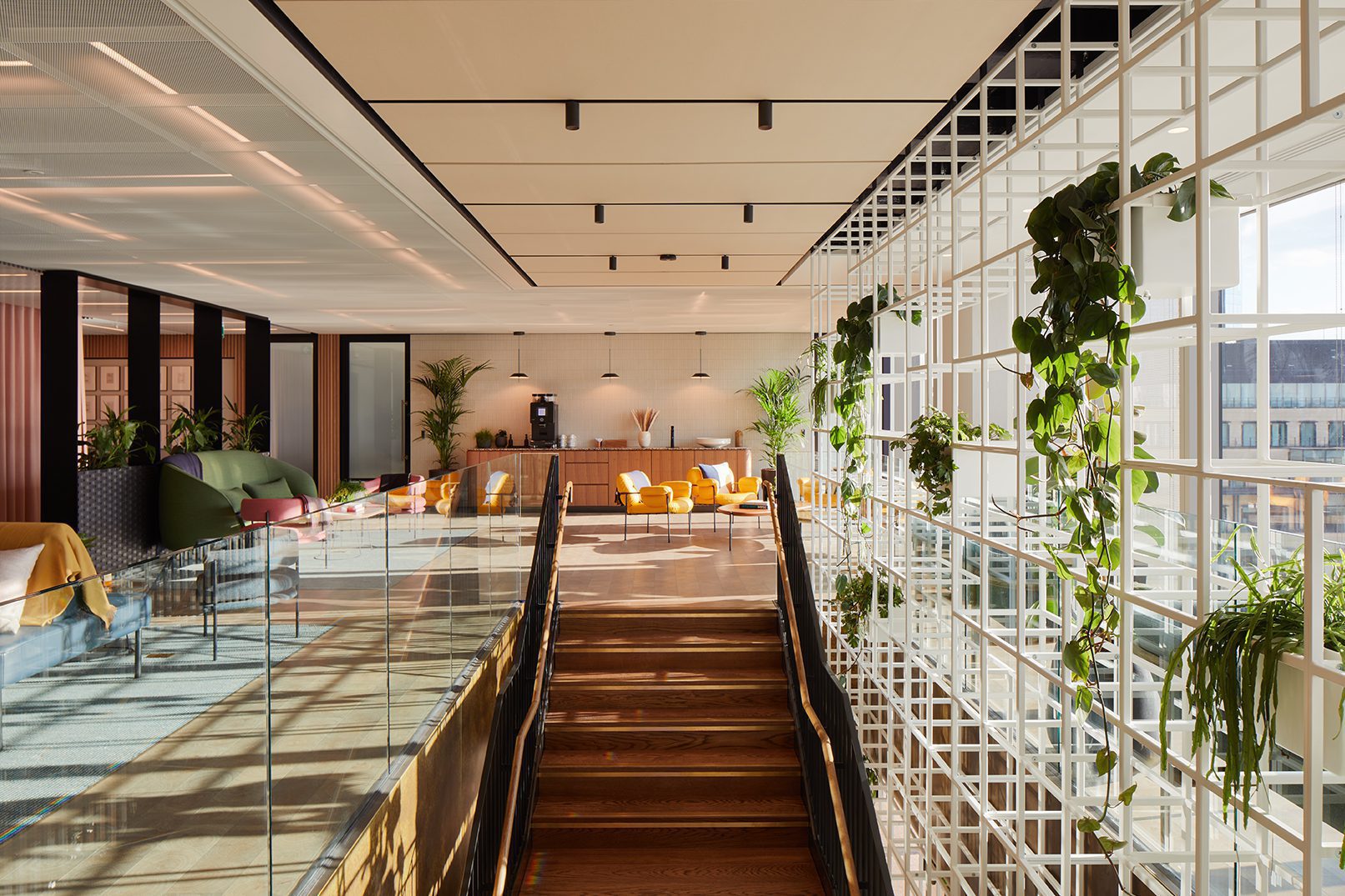
room2
The Lamington Group has recently finished the development of Northern Ireland’s first hometel. At room2 Belfast, they wanted to create environments that have a positive impact on the health and wellbeing of those who visit and stay there. By creating initiatives on-site that included the 10 concepts that make up the WELL standard, they were able to develop a vibrant and eco-friendly space. They are currently targeting WELL Platinum certification which is an example of their ambition to provide the healthiest space for occupants.
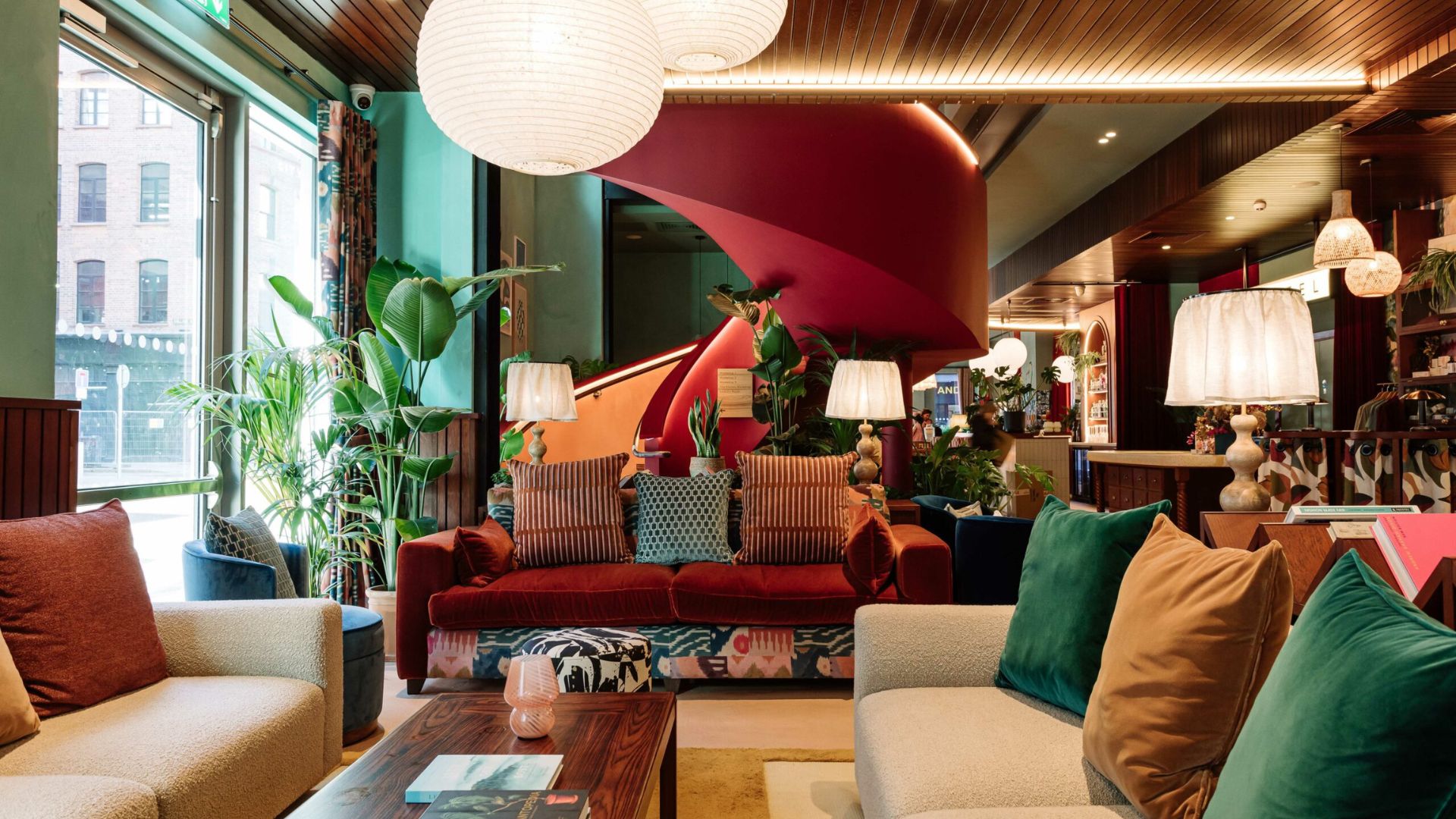
HALO
HALO was designed with people and business in mind. A space where light floods into the stunning double-height reception, full height central atrium and outstanding office space. Whilst achieving BREEAM Outstanding certification they also wanted to make sure occupant welfare was intelligently built-in to every corner of the building. By ensuring they achieved outstanding air quality, natural light and other health-giving opportunities, HALO is a building that radiates health and wellbeing. Fantastic design features such as their circular staircase, green ceilings and the spacious rooftop area are some of the many elements that helped HALO achieve its WELL certification. HALO is targeting a WELL Platinum rating and is an example of how to push the boundaries and prioritise sustainable and healthy design.
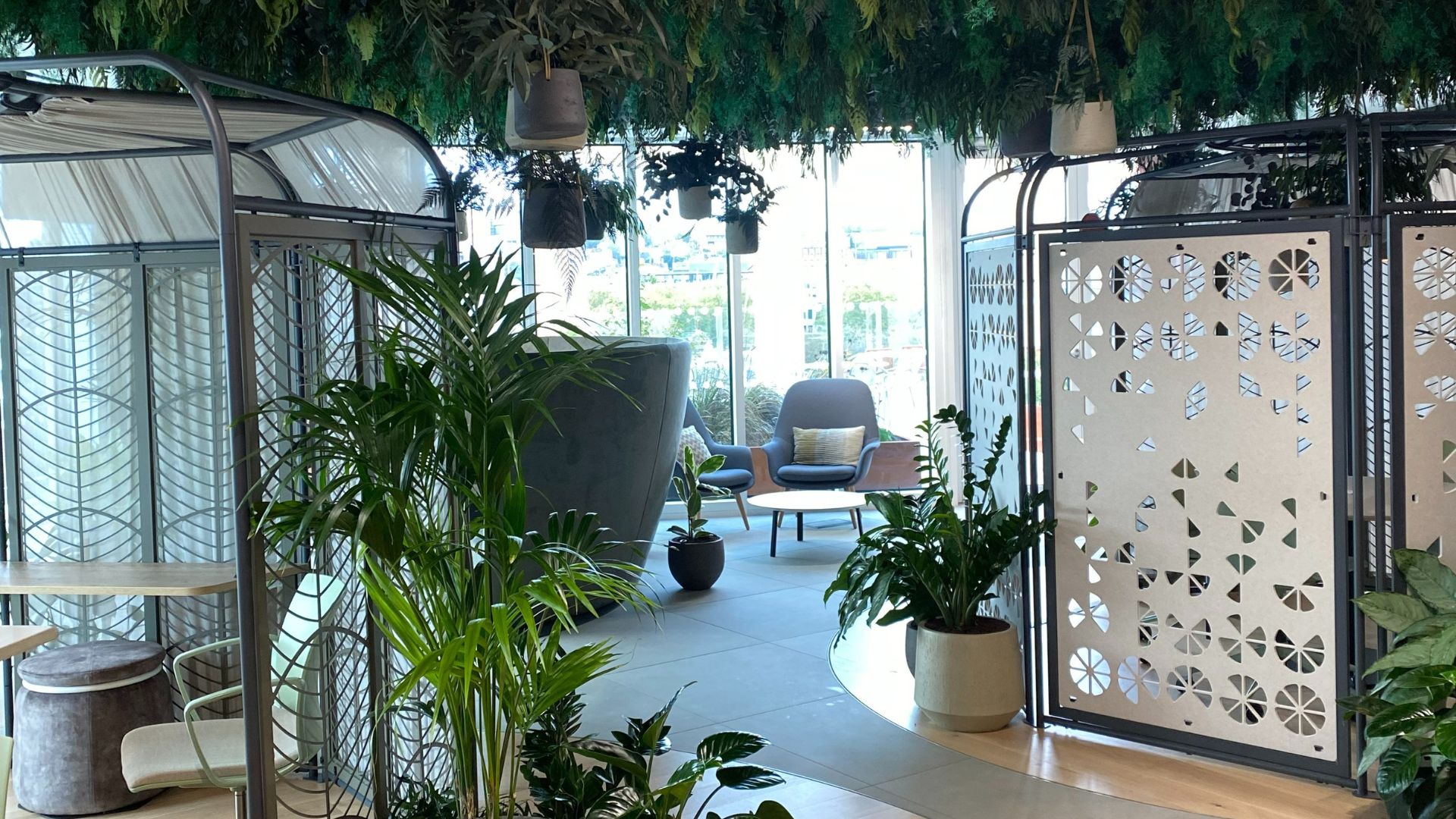
Exiting Times Ahead
It will be exciting to see more projects like this as more and more buildings are setting ambitious targets and reaching their healthy goals. With the rating systems available that help demonstrate the clear and tangible benefits, it’s no wonder that healthy buildings are on the rise.
Joanna Peacock, Associate
Joanna is an Associate at Eight Versa and has consulted on a variety of work related to sustainability concepts and high-performance building design since 2007. She has a passion for implementing health and wellbeing across all sectors of the built environment and embeds this within many client projects.

